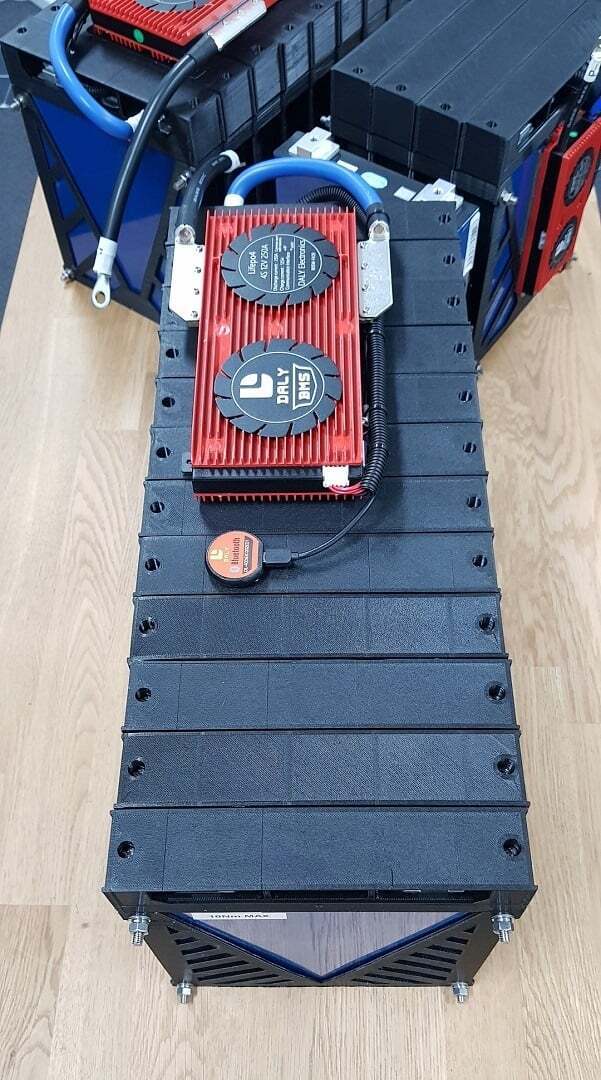Simi 60
New Member
- Joined
- Jul 10, 2021
- Messages
- 159
It is time to pull the trigger and order 24 x EVE 280 from Amy to build the 840ah 8S3P battery
The question she has just asked is which BMS do I want and frankly, I have no idea.
Research on here suggests I don't want a Daly
Which leaves JBD and Chargery being offered
JBD seems most popular on this thread

 diysolarforum.com
diysolarforum.com
As we do have some big loads onboard running multiple 240v fridge freezers, 240v water pump, 240v hot water system and a 240v still/boiler I'm guessing we need a bigger BMS but just how big?
The two items in bold are only run on sunny days and big solar support or with genset assist
Looking at the Victron battery monitor we have never seen more than a 60amp draw and that's only for a few minutes as I madly scramble to shut stuff down of fire up the generator.
Usual draw is no more than 20 amps as fridges kick in and a bit more for several minutes if having a shower as the pump is used
If I have a 100 amp on each 24v battery is that enough?
Does it equate to a 300 amp across the system?
One like this???
Thanks in advance
The question she has just asked is which BMS do I want and frankly, I have no idea.
Research on here suggests I don't want a Daly
Which leaves JBD and Chargery being offered
JBD seems most popular on this thread

2020 POLL: What BMS are you using in your system? (UPDATED)
Poll: What BMS(s) are you using in your system(s)? (LiFePO4 only) Index of most commonly discussed BMS' on this forum, with pictures and links to relevant resources. (click to expand) Please keep responses concise and avoid discussion/commentary. Replies should follow the format: BMS...
As we do have some big loads onboard running multiple 240v fridge freezers, 240v water pump, 240v hot water system and a 240v still/boiler I'm guessing we need a bigger BMS but just how big?
The two items in bold are only run on sunny days and big solar support or with genset assist
Looking at the Victron battery monitor we have never seen more than a 60amp draw and that's only for a few minutes as I madly scramble to shut stuff down of fire up the generator.
Usual draw is no more than 20 amps as fridges kick in and a bit more for several minutes if having a shower as the pump is used
If I have a 100 amp on each 24v battery is that enough?
Does it equate to a 300 amp across the system?
One like this???
Thanks in advance




